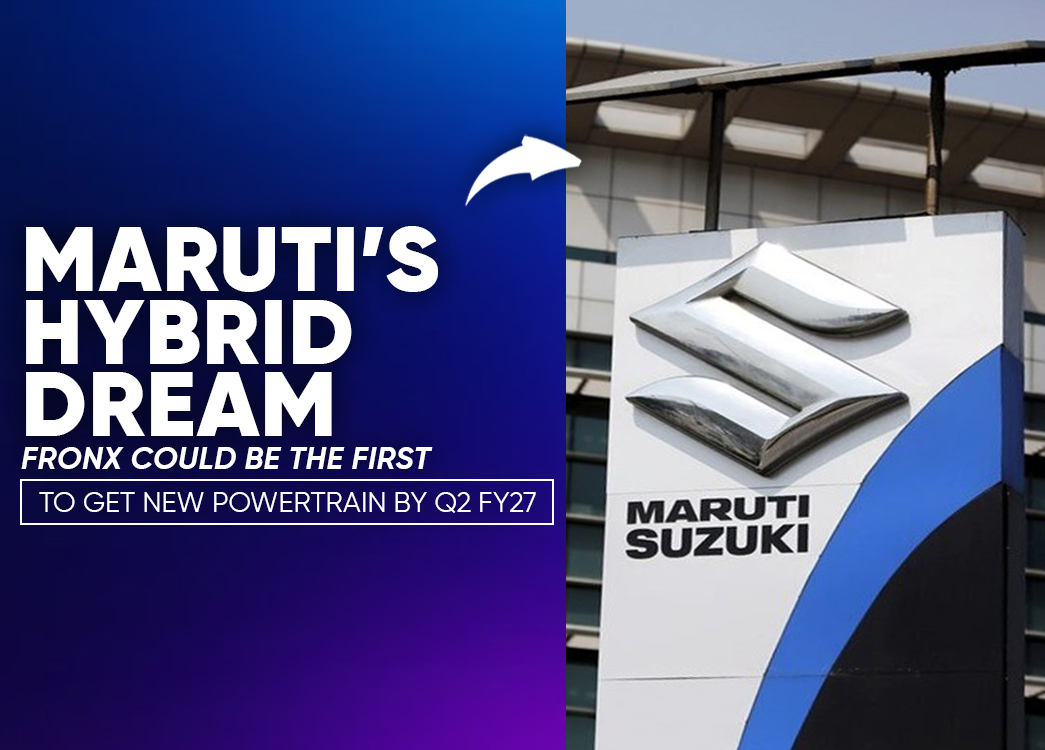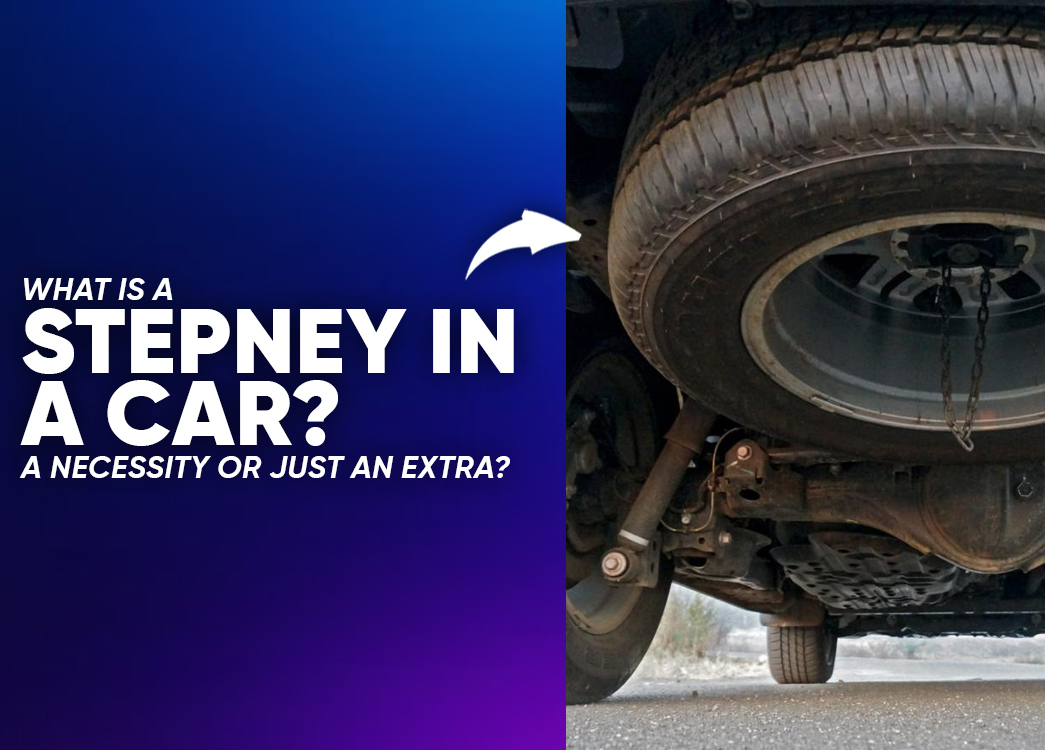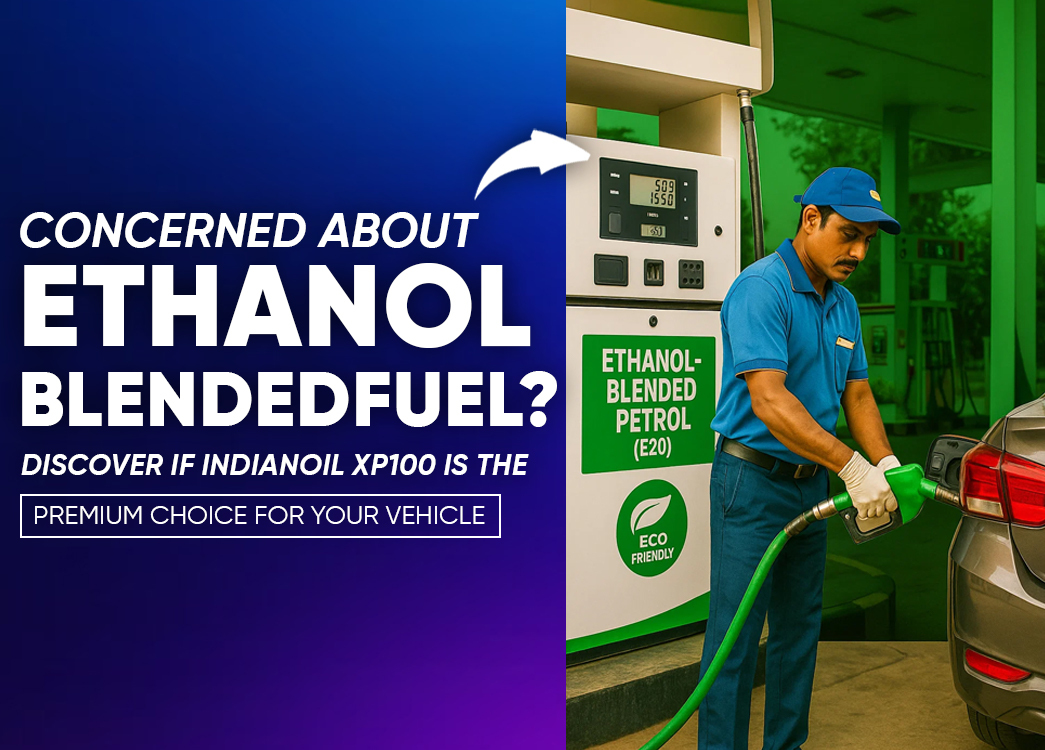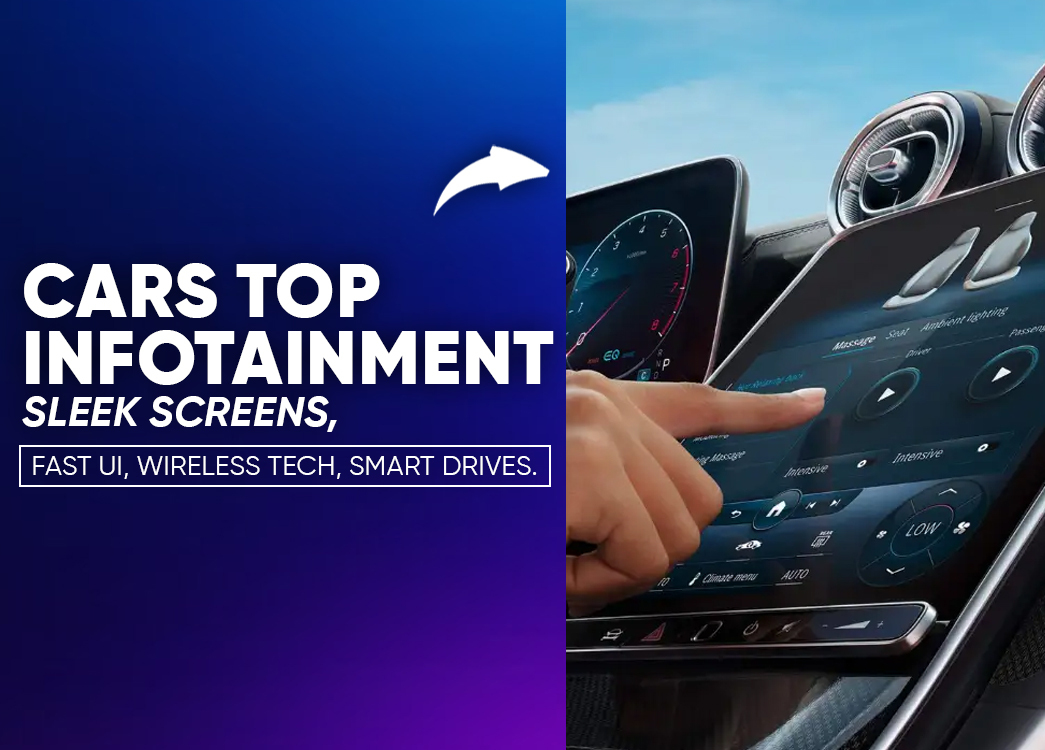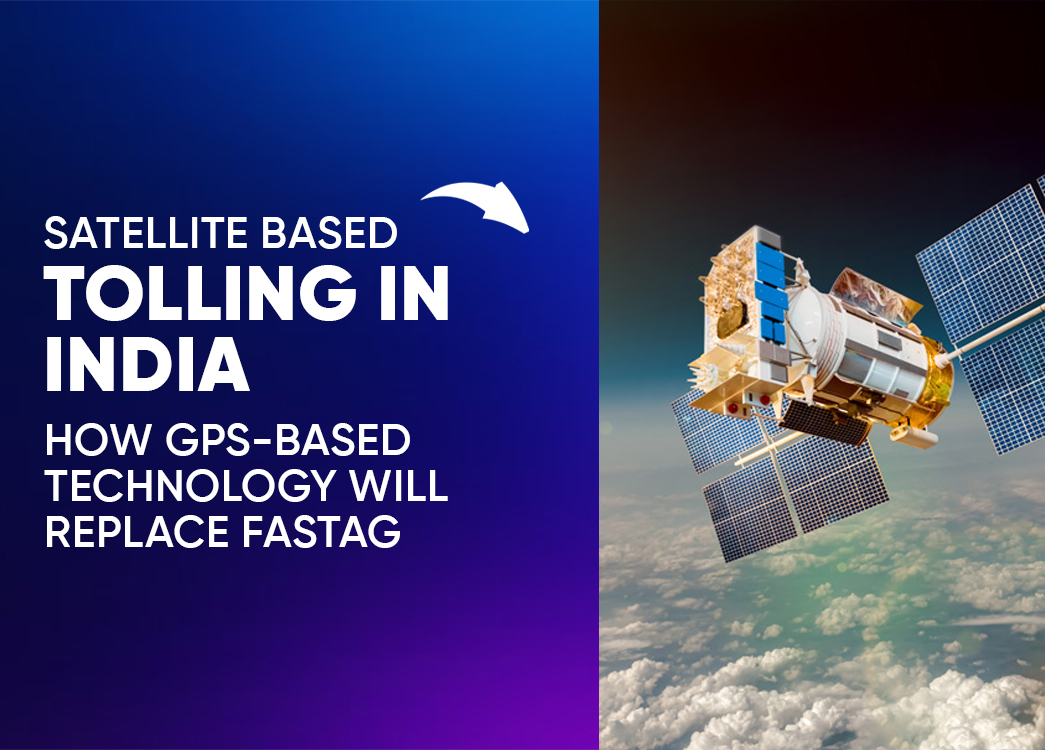
By Guest Author On 27-04-2025 at 11:19 am
Satellite Based Tolling in India: How GPS-Based Technology Will Replace FASTag
What Is GNSS-Based Tolling?
GNSS (Global Navigation Satellite System) tolling is an advanced technology that charges vehicles based on the distance they travel on highways. Unlike traditional toll booths or FASTag RFID systems, GNSS relies on satellite signals. Vehicles will use an Onboard Unit (OBU) to track their movement automatically.
The system eliminates the need for physical toll plazas. Instead, toll fees are calculated precisely based on the kilometers covered. Payments are deducted directly from linked accounts, offering a seamless driving experience.
Why India Is Transitioning from FASTag to GNSS
India has witnessed growing traffic congestion at toll plazas, even after FASTag’s implementation. Therefore, the government is planning a gradual shift toward GNSS-based tolling. This new system promises barrier-free highways, faster commutes, and transparent billing.
Moreover, satellite tolling aligns with India’s vision of creating smart, efficient transportation networks. Commercial vehicles will be the first to adopt GNSS technology. Private vehicles can voluntarily opt-in during the early stages.
How the GNSS Tolling System Works
Every vehicle equipped with an OBU communicates with satellites in real-time. When a vehicle enters and exits a highway, the system calculates the distance traveled. Based on this data, a toll fee is generated and deducted automatically.
This eliminates manual scanning or stopping at booths. Drivers will receive digital receipts for every journey, ensuring complete transparency.
In addition, authorities can track toll compliance and manage highways more efficiently. Because of this, road safety and maintenance are expected to improve significantly.
Benefits of GNSS-Based Tolling Over FASTag
1. Pay for What You Use:
Drivers are charged strictly for the distance traveled, unlike fixed toll charges at plazas.
2. No More Waiting:
Without toll booths, vehicles move freely, reducing travel time and fuel consumption.
3. Higher Transparency:
Every transaction is digitally recorded. Drivers can view toll deductions anytime through mobile apps.
4. Environmental Impact:
Since idling at booths decreases, carbon emissions from vehicles will drop significantly.
5. Cost Savings:
Both authorities and drivers save money on maintenance, infrastructure, and operational costs.
Government’s Rollout Plan for GNSS in India
The government plans to introduce GNSS in phases. Pilot testing has already started on major highways like the Delhi-Mumbai Expressway. Initially, commercial vehicles must adopt the system starting May 2025. Meanwhile, private car owners can voluntarily install the GNSS device.
Eventually, by 2026, GNSS tolling could replace FASTag nationwide. Until then, FASTag will continue to function alongside the new system.
The transition will be gradual, allowing time for adaptation and public awareness.
Challenges Ahead for GNSS Tolling
Although promising, GNSS faces a few hurdles. First, installation costs for OBUs might concern vehicle owners. Second, India’s satellite coverage and internet connectivity in rural areas need strengthening.
Additionally, strict regulations and data privacy laws must be implemented to protect user information. Overcoming these challenges will be crucial for nationwide success.
What Drivers Should Know About GNSS Tolling
For now, drivers must continue using FASTag. However, staying informed about upcoming GNSS updates is vital. When GNSS devices become available, vehicle owners should install OBUs and link them with payment wallets or bank accounts.
Drivers must also ensure their OBUs remain active and functioning properly. Failure to comply with GNSS regulations may result in penalties in the future.
The Future of Road Travel in India
GNSS tolling will undoubtedly reshape India's highway experience. With accurate billing, zero congestion, and improved road management, drivers can look forward to smoother journeys.
As India embraces digital innovation, GNSS represents a significant step towards creating world-class transportation infrastructure. In the coming years, the dream of truly smart highways will finally become reality.
Related posts




